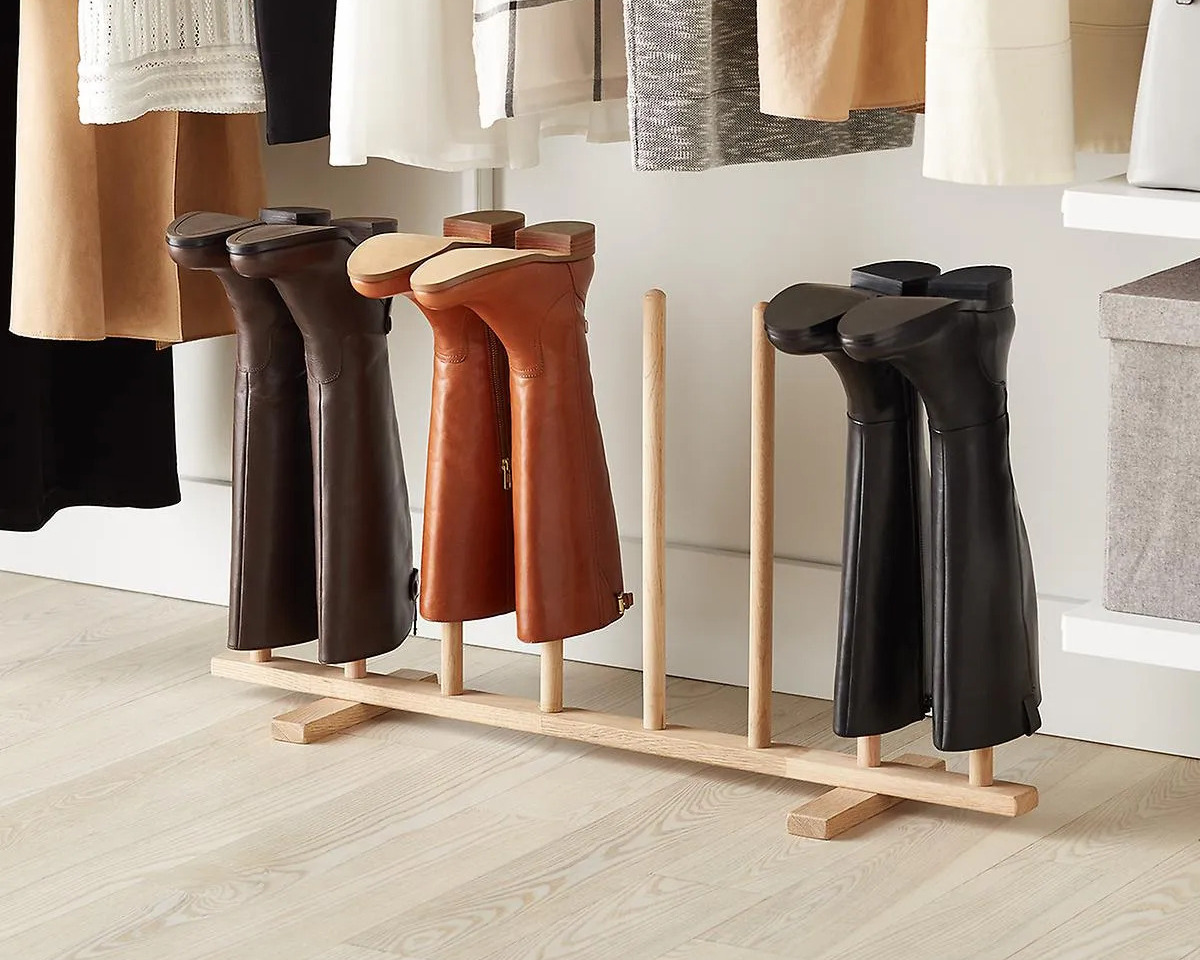

Articles
How To Store Boots
Modified: February 22, 2024
Looking for articles on how to store boots? Discover expert tips and tricks to keep your boots organized, protected, and in excellent condition.
(Many of the links in this article redirect to a specific reviewed product. Your purchase of these products through affiliate links helps to generate commission for Storables.com, at no extra cost. Learn more)
Introduction
When it comes to storing boots, proper care is crucial to ensure their longevity and maintain their shape. Whether you have a collection of fashionable ankle boots or sturdy hiking boots, the key is to create an organized and suitable storage space that protects them from damage caused by moisture, sunlight, and other external factors.
In this article, we will guide you through the process of storing boots effectively, helping you preserve their quality and allowing you to maximize the lifespan of your beloved footwear. From choosing the right storage location to cleaning and maintaining boots, we will cover everything you need to know to keep your boots in top condition.
So, if you’re ready to learn the best practices for storing your boots, let’s dive in!
Key Takeaways:
- Proper boot storage involves choosing a suitable location, cleaning, and using stuffing or shapers to maintain shape. Preventing moisture, protecting from sunlight, and regular maintenance are crucial for longevity and quality preservation.
- Effective boot storage requires careful cleaning, stuffing, and protection from moisture and sunlight. Regular checks and maintenance ensure boots remain in excellent condition for long-term wearability and style.
Read more: How To Store Boots In Closet
Choosing a Suitable Storage Location
When it comes to storing boots, the first step is to find an appropriate storage location. The ideal storage space should be cool, dry, and well-ventilated, as excessive heat and humidity can cause damage to the boots. Here are some options to consider:
- Closet or Wardrobe: If you have a spacious closet or wardrobe with adjustable shelves, this can be an excellent option for storing boots. Make sure the area is clean and dry before placing your boots on the shelves.
- Shoe Rack: A shoe rack with designated compartments for boots is a convenient way to store them. Look for a shoe rack that allows boots to be stored upright, keeping them organized and easily accessible.
- Under-Bed Storage: Utilizing the space under your bed is a smart solution for storing boots, especially if you have limited space in your living area. Invest in under-bed storage containers that provide adequate protection from dust and moisture.
- Boot Tray: If you’re looking for a storage option that offers quick access to your boots, consider using a boot tray near your entryway. This is especially useful during cold and wet weather, as it prevents muddy or wet boots from being brought into your home.
Remember, the chosen storage location should be away from direct sunlight and sources of heat, as these can fade or warp the material of the boots. Additionally, avoid storing boots in basements or attics that are prone to excessive moisture or temperature fluctuations.
By selecting the right storage location, you’ll ensure that your boots are protected and ready to be worn whenever you need them!
Cleaning and Preparing Boots for Storage
Before storing your boots, it’s essential to give them a thorough cleaning to remove dirt, dust, and any potential stains. Cleaning your boots not only keeps them looking their best but also prevents the buildup of grime that can cause deterioration over time. Follow these steps to clean and prepare your boots for storage:
- Remove Laces and Insoles: Start by removing the laces and insoles from your boots. This will make it easier to clean the surface and ensure that every part of the boots is thoroughly cleaned and dried.
- Brush Off Dirt and Debris: Use a soft-bristled brush or a clean cloth to remove any loose dirt, dust, or debris from the boots. Be gentle, especially if your boots are made of delicate materials.
- Spot Clean Stains: If there are any visible stains on your boots, use a mild soap or specialized cleaner to spot clean them. Follow the instructions provided by the manufacturer or consult a professional cleaner if necessary.
- Dry Boots Completely: After cleaning, make sure your boots are completely dry before storing them. Wipe them with a clean, dry cloth to remove any remaining moisture, and allow them to air dry in a well-ventilated area. Avoid placing them near direct heat sources, as excessive heat can damage the material.
- Condition the Boots: Depending on the material of your boots, you may need to apply a conditioner or protector to keep them in optimal condition during storage. This is particularly useful for leather or suede boots, as it helps prevent cracking, drying, or discoloration. Follow the instructions provided by the manufacturer to apply the conditioner evenly.
- Polish for Added Protection: If you have leather boots, applying a coat of polish can provide added protection and help maintain their shine. Choose a high-quality polish that matches the color of your boots and apply it evenly using a soft cloth. Allow the polish to dry before storing.
By properly cleaning and preparing your boots for storage, you ensure that they are free from dirt and protected from potential damage while in storage. This will help preserve their quality and extend their lifespan.
Stuffing Boots to Maintain Their Shape
One of the essential steps in storing boots is to prevent them from losing their shape over time. Without proper support, boots can become misshapen and wrinkled, leading to discomfort and a decrease in their overall appearance. To maintain the shape of your boots, follow these steps:
- Choose the Right Stuffing Material: Select a stuffing material that is soft but firm enough to provide support to your boots. Common options include acid-free tissue paper, rolled-up magazines or newspapers, or purpose-made boot forms or boot trees.
- Clean and Dry Boots: Before stuffing your boots, ensure they are clean and completely dry. This prevents the growth of mold or mildew while they are in storage.
- Stuff the Boots Gently: Start by inserting the stuffing material into the toes of your boots, gently pushing it in to maintain the shape. Gradually continue stuffing the boots up to the calves, ensuring an even distribution of the material.
- Avoid Overstuffing: While it’s important to fill the boots to maintain their shape, be cautious not to overstuff them. Overfilling can create unnecessary pressure on the boots, potentially causing deformation or creasing.
- Use Supportive Inserts: If you have tall boots that tend to slouch or fold over, consider using boot inserts or boot shapers. These supportive inserts help to hold the boot shaft upright, preventing it from collapsing or losing its shape.
- Regularly Check and Adjust: Periodically check the stuffed boots to ensure that the material is still providing adequate support. Over time, the stuffing may shift or settle, and readjustments might be needed to maintain the desired shape.
By properly stuffing your boots, you help maintain their original shape, ensuring that they look and feel great when it’s time to wear them again. This simple step goes a long way in preserving the longevity and integrity of your boots.
Using Boot Shapers or Boot Stands
Boot shapers or boot stands are excellent tools to help preserve the shape and integrity of your boots during storage. They provide support to the boot shaft and help prevent creasing or sagging. Here’s how to effectively use boot shapers or boot stands:
- Select the Right Boot Shapers: Choose boot shapers or boot stands that are specifically designed for the type of boots you have. There are various options available, including plastic inserts, inflatable boot shapers, and spring-loaded boot stands. Consider the material and length of your boots when selecting the appropriate shapers.
- Insert the Boot Shapers: Once you’ve chosen the right boot shapers, insert them into each boot, ensuring that they reach up to the top of the shaft. Proper insertion helps maintain the boot’s shape and prevents any folding or collapsing.
- Adjust the Shapers: If your boot shapers have adjustable features, such as width or height, customize them to fit your boots snugly. This will provide optimal support and prevent any unnecessary stretching or deformations.
- Position the Boots: Place the boots with the inserted boot shapers in an upright position. This can be on a shelf, in a shoe rack, or even hanging on a boot hanger. The goal is to keep the boots in a vertical position to prevent any bending or slouching that may compromise their shape.
- Consider Boot Stands: An alternative to boot shapers is boot stands, which are designed to hold your boots upright. These stands often have a weighted base and a supportive structure that cradles the boot shaft, preventing creasing and maintaining the shape effectively.
- Maximize Space: When using boot stands, you can stack multiple pairs of boots vertically, utilizing space more efficiently in your storage area. This is especially useful if you have limited space or a large collection of boots.
By using boot shapers or boot stands, you provide firm support to your boots, ensuring they maintain their shape and remain in pristine condition during storage. This simple investment can go a long way in prolonging the lifespan of your boots.
Read more: How To Store Cowboy Boots
Storing Boots in Boxes or Containers
Using boxes or containers for boot storage is an effective way to keep them organized, protected, and free from dust and debris. Here’s how to store your boots in boxes or containers:
- Select the Right Size: Choose a box or container that is large enough to accommodate your boots without squishing or bending them. Opt for a size that allows some extra space around the boots for ventilation.
- Clean and Dry the Boots: Before placing your boots in the boxes or containers, ensure they are clean and completely dry. Any residual moisture can promote the growth of mold or mildew, potentially damaging the boots.
- Stuff the Boots: If you’re using boxes or containers with limited height, stuff the boots with acid-free tissue paper to help maintain their shape. This is particularly useful for taller boots to prevent any bending during storage.
- Wrap the Boots: If you have multiple pairs of boots that will be stored together, consider wrapping each pair individually in acid-free tissue paper or shoe bags. This adds an extra layer of protection and prevents scuffs or scratches on the boots.
- Arrange the Boots: Place the boots in the boxes or containers, ensuring they are standing upright. Avoid stacking them on top of each other, as the weight can cause unnecessary pressure on the boots, leading to deformations.
- Label the Boxes: To easily identify the contents, label the boxes or containers with the type of boots or any other relevant information. This makes it convenient to locate specific pairs without having to go through each box.
- Store in a Dry Area: Find a cool, dry storage area for the boxes or containers. Avoid areas with extreme temperatures, excessive humidity, or direct sunlight, as these can damage the boots over time.
- Stack Carefully: If you’re stacking multiple boxes or containers, do so carefully to prevent any crushing or damage to the boots inside. Place heavier boxes at the bottom and lighter ones on top to maintain stability.
- Regularly Check: Periodically check your stored boots to ensure they remain in good condition. Inspect for signs of mold, mildew, or any other damage that may occur during storage. If needed, clean or treat the boots accordingly.
By storing your boots in boxes or containers, you keep them protected and organized, making it easier to retrieve and maintain their quality over time. This method is particularly useful if you have limited shelf or floor space in your storage area.
Hanging Boots with Boot Hangers or Clips
Hanging boots is a space-saving and convenient method for storing them, especially if you have limited shelf or floor space. By using boot hangers or clips, you can keep your boots organized and easily accessible. Here’s how to hang your boots:
- Choose the Right Boot Hangers: Look for boot hangers specifically designed for hanging boots. These hangers typically have clips or hooks that securely hold the boots in an upright position.
- Clean and Dry the Boots: Before hanging your boots, make sure they are clean and fully dry. This helps prevent any mold or mildew growth during storage.
- Stuff the Boots: To maintain the shape of your boots while hanging them, stuff them with acid-free tissue paper or boot shapers. This prevents any creasing or slouching that may occur over time.
- Attach the Hangers: Place the clips or hooks of the boot hangers onto the top of the boot shafts. Ensure that the hangers are securely attached to prevent the boots from slipping or falling.
- Choose the Hanging Location: Find a suitable hanging location, such as a rod or bar in a closet or wardrobe. Make sure the location is sturdy enough to support the weight of the boots.
- Hang the Boots: Hang each pair of boots by placing the hangers on the rod or bar. The boots should hang freely without any pressure on the shaft or the clips.
- Organize and Arrange: Arrange the boots in a way that makes it easy to locate and access specific pairs. Consider grouping them by style, color, or frequency of use, depending on your preference.
- Protect the Boots: If you’re concerned about dust or potential scuffing, consider using boot bags or covers to protect the hanging boots. These covers will help keep your boots clean and protected until you’re ready to wear them.
- Regularly Check: Periodically check the hanging boots to ensure they remain in good condition. Inspect for any signs of stretching, bending, or damage caused by the hangers or clips. Make adjustments if necessary.
By hanging your boots with boot hangers or clips, you not only save space but also keep your boots well-organized and easily accessible. It’s a great option if you want to showcase your boot collection or create additional storage in your closet or wardrobe.
Store boots upright to maintain their shape and prevent creasing. Use boot shapers or stuff them with rolled-up towels to help them keep their form. Keep them in a cool, dry place to prevent mold and mildew.
Wrapping Boots in Cloth or Plastic Bags
Wrapping boots in cloth or plastic bags is a simple yet effective method to protect them from dust, dirt, and potential damage during storage. By keeping them covered, you maintain their cleanliness and preserve their quality. Here’s how to wrap your boots:
- Clean and Dry the Boots: Before wrapping your boots, ensure they are clean and completely dry. Wiping them with a clean cloth will remove any residual moisture and prevent the growth of mold or mildew.
- Choose the Right Bags: Select bags made of breathable materials like cotton or linen. These materials allow airflow and help prevent moisture buildup that can damage the boots. Alternatively, you can use clear plastic bags that provide visibility while keeping the boots protected.
- Wrap Each Boot Individually: Wrap each boot individually using a separate bag. This helps prevent any color transfer or scuffing that may occur when boots are in close contact with each other.
- Stuff the Boots: Before placing your boots in the bags, stuff them with acid-free tissue paper or boot shapers to help maintain their shape. This is especially important for tall boots to prevent any folding or slouching during storage.
- Seal the Bags: Close the bags securely, ensuring that they are completely sealed. If using plastic bags, consider using twist ties or rubber bands to secure the opening and keep out dust and other potential contaminants.
- Store the Wrapped Boots: Find a suitable storage area that is cool, dry, and away from direct sunlight. Ideally, store the wrapped boots in a closet, wardrobe, or under-bed storage, keeping them in an upright position to prevent bending or misshaping.
- Label or Organize: If you have multiple pairs of wrapped boots, consider labeling the bags or organizing them by style, color, or season. This makes it easier to locate specific pairs without having to unwrap every bag.
- Regularly Check: Periodically check the wrapped boots to ensure they remain in good condition. Inspect for any signs of moisture or damage. If any issues are found, rewrap or treat the boots as necessary.
By wrapping your boots in cloth or plastic bags, you provide an extra layer of protection from dust, moisture, and potential damage. This method is especially useful if you have limited storage space or if you plan to store your boots for an extended period.
Storing Boots in Over-the-Door Shoe Organizers
An efficient and space-saving method for storing boots is using over-the-door shoe organizers. These organizers allow you to neatly hang your boots, making them easily accessible while keeping them protected from dust and damage. Here’s how to store your boots in over-the-door shoe organizers:
- Select the Right Organizer: Choose an over-the-door shoe organizer that has spacious pockets or compartments suitable for larger items like boots. Look for organizers made of durable and breathable materials to ensure the longevity of your boots.
- Clean and Prepare the Boots: Before placing your boots in the organizer, make sure they are clean and dry. This will prevent any dirt or moisture from transferring to the pockets and keep your boots in optimal condition.
- Insert the Boots: Place one boot in each pocket of the shoe organizer. If the pockets are not tall enough to accommodate the entire length of your boots, you can fold them over or let the upper part hang outside the pocket.
- Organize by Style or Season: Arrange your boots in the organizer based on your preference. You can organize them by style, color, or season, making it easy to find the pair you want to wear without rummaging through the entire organizer.
- Hang the Organizer: Hang the shoe organizer on the back of a door or in a closet using the provided hooks or straps. Make sure the organizer is securely attached to prevent it from swinging or falling when opening or closing the door.
- Avoid Overstuffing: Be mindful not to overcrowd the pockets. Overstuffing can cause boots to lose their shape or create unnecessary pressure on the organizer. If you have too many boots to fit, consider using multiple organizers or only storing your most frequently worn pairs.
- Keep the Door Closed: To protect the boots from direct sunlight, it’s advisable to keep the door closed when they are not in use. This prevents fading or discoloration caused by excessive exposure to sunlight or heat.
- Regularly Check and Rotate: Periodically check the stored boots to ensure they remain in good condition. Rotate the boots you wear less frequently to prevent any long-term compression that may affect their shape.
- Consider Additional Protection: If you want to provide extra protection or minimize dust accumulation, you can use individual boot bags or covers before placing the boots in the organizer pockets.
By utilizing over-the-door shoe organizers for storing your boots, you maximize space while keeping them easily accessible and protected. This method is particularly useful if you have limited floor or shelf space in your storage area.
Read more: How To Store Tall Boots
Preventing Moisture and Mildew
Moisture and mildew can be detrimental to the condition of your boots during storage, leading to mold growth, unpleasant odors, and potential damage to the material. To prevent these issues, it’s vital to take measures to keep your boots dry and moisture-free. Here are some tips to prevent moisture and mildew:
- Ensure Dry Boots: Before storing your boots, make sure they are completely dry. Wipe any moisture with a clean, dry cloth and allow them to air out in a well-ventilated area. Pay close attention to areas that might retain moisture, such as the soles and inner lining.
- Use Moisture-Absorbing Products: Place moisture-absorbing products, such as silica gel packets or activated charcoal, inside the storage containers or boxes with your boots. These products help absorb excess moisture and prevent the growth of mold and mildew.
- Avoid Plastic or Airtight Containers: While plastic bags or containers can provide protection, they can also trap moisture inside, creating a breeding ground for mold and mildew. Opt for breathable materials like cloth or fabric bags, which allow air circulation while keeping dust and debris out.
- Utilize Climate-Controlled Storage: If you have valuable or delicate boots, consider storing them in a climate-controlled environment. These spaces maintain a consistent temperature and humidity level, minimizing the risk of moisture-related issues.
- Avoid Damp Storage Areas: Choose a storage location that is dry and free from dampness. Avoid basements, attics, or areas prone to leaks or high humidity. Moisture is the enemy when it comes to preserving your boots, so opt for dry, well-ventilated spaces.
- Use Desiccant Packs: Desiccant packs are small pouches specifically designed to absorb moisture. Place them in your boot storage area or boxes to reduce humidity levels and keep your boots dry.
- Air Them Out: Occasionally remove your boots from storage and let them air out. This allows any accumulated moisture to evaporate and fresh air to circulate. Leave the boots in a well-ventilated area for a few hours before returning them to storage.
- Regularly Check for Signs of Moisture: Periodically inspect your stored boots for any signs of moisture, mold, or mildew growth. If you notice any issues, take immediate action to address them to prevent further damage.
- Consider Using Boot Trees: Boot trees not only help maintain the shape of your boots but also promote air circulation, allowing moisture to evaporate more effectively. Insert boot trees into your boots while in storage to prevent moisture buildup.
- Keep Boots Away from Wet Areas: Avoid storing your boots near areas where moisture is common, such as laundry rooms or bathrooms. Moisture from these areas can transfer to your boots, making them susceptible to mold and mildew growth.
By implementing these preventive measures, you can ensure that your boots remain moisture-free and well-preserved during storage. Taking care of moisture-related issues will help prolong the lifespan of your boots and maintain their quality.
Protecting Boots from Sunlight and Heat
Prolonged exposure to sunlight and heat can cause significant damage to your boots, including fading, discoloration, drying out of the leather, and warping of the material. To protect your boots from these harmful effects, it’s important to take measures to minimize their exposure. Here are some tips to protect your boots from sunlight and heat:
- Choose a Suitable Storage Location: Store your boots in a cool, dry area away from direct sunlight. Over time, exposure to sunlight can fade the color and weaken the material of your boots. Find a storage location that is shielded from natural light to minimize the impact of UV rays.
- Use Window Coverings: If you have windows in your storage area, consider using curtains, blinds, or UV-blocking window film to reduce the amount of sunlight entering the space. This helps protect your boots from harmful UV rays that can cause fading and discoloration.
- Avoid Heat Sources: Keep your boots away from direct sources of heat such as heaters, radiators, fireplaces, and hot air vents. Excessive heat can dry out the leather, causing it to crack and lose its flexibility. It’s best to store your boots in a cool environment with moderate temperatures.
- Avoid Storing Near Appliances: Appliances that generate heat, such as clothing dryers or water heaters, should also be avoided when storing your boots. The heat from these appliances can transfer to your boots, potentially causing damage.
- Consider Thermal Insulation: If your storage area is susceptible to extreme temperatures, consider adding thermal insulation to regulate the temperature. This helps to minimize the impact of heat and cold on your boots.
- Use Sunscreen for Leather: If you plan to wear your boots outdoors in direct sunlight, consider applying a leather conditioner or protector that contains UV-blocking properties. These products help shield the leather from UV rays and prevent damage.
- Rotate Storage Locations: If you don’t have access to a consistently cool storage area, consider rotating your boots between a cool storage location and one with controlled temperatures. This can help minimize the long-term exposure of your boots to heat and sunlight.
- Cover Boots during Transportation: When transporting your boots, place them in a protective bag or cover to shield them from sunlight and heat exposure. This is especially important when traveling or moving your boots during hot and sunny weather conditions.
- Regularly Check for Signs of Damage: Periodically inspect your stored boots for any signs of color fading, dryness, or warping. If you notice any issues, take appropriate action, such as using leather conditioner or seeking professional assistance, to prevent further damage.
- Follow Manufacturer Guidelines: Always refer to the manufacturer’s instructions for specific care recommendations regarding sunlight and heat exposure. Different materials and finishes may have specific requirements to ensure their longevity and appearance.
By taking these precautions, you can protect your boots from the damaging effects of sunlight and heat, helping to maintain their original color, structure, and overall quality over time.
Regularly Checking and Maintaining Stored Boots
Regularly checking and maintaining your stored boots is essential for preserving their quality and ensuring they’re ready to wear when you need them. By following a few simple steps, you can prevent potential issues and extend the lifespan of your boots. Here are some tips for regularly checking and maintaining stored boots:
- Scheduled Check-Ups: Set a regular schedule to inspect your stored boots. Depending on the frequency of use and storage conditions, perform check-ups every three to six months to identify any signs of damage or deterioration.
- Inspect for Mold or Mildew: Check for any signs of mold or mildew growth on your boots. Look for visible spots, musty odors, or discoloration on the surface. If detected, take immediate action to clean and treat the affected areas using appropriate cleaners or seek professional help.
- Check for Moisture: Ensure your boots are dry and free from moisture. Feel the interior and exterior surfaces for any dampness or wetness that could lead to mold or mildew growth. If moisture is present, wipe the boots with a dry cloth and allow them to air out before returning to storage.
- Monitor for Insect Infestations: Inspect your stored boots for any signs of pests or insects. Look for small holes, droppings, or insect larvae. If you suspect an infestation, remove the affected boots from the storage area, clean them thoroughly, and take appropriate measures to eliminate the pests.
- Clean and Condition: Regularly clean your boots following the appropriate cleaning methods for their specific material. Use gentle cleaners, brushes, and cloths to remove dirt, dust, and stains. After cleaning, apply a conditioner or protectant suitable for the material to moisturize and protect the boots from drying or cracking.
- Repair or Replace Damaged Parts: Check for any damaged or worn-out components of your boots, such as soles, heels, or zippers. Repair or replace these parts as needed to prolong the life of your boots. Consider seeking professional assistance for complex repairs or replacements.
- Rotate Boot Usage: If you have multiple pairs of boots, periodically rotate the ones you wear. This prevents long-term compression and allows each pair to breathe and recover from wear. Rotating usage also extends the lifespan of your boots.
- Reorganize and Dust: Take the opportunity during your check-ups to reorganize your stored boots. Dust the storage area, wipe down shelves or hooks, and reposition the boots to ensure proper airflow and reduce the accumulation of dust or debris.
- Consider Climate-Controlled Storage: If you reside in areas with extreme temperature or humidity fluctuations, consider investing in climate-controlled storage options. These environments offer stable conditions that are optimal for preserving the quality of your boots.
- Refer to Manufacturer Guidelines: Always refer to the manufacturer’s guidelines for specific care instructions for your boots. Different materials require different maintenance approaches, so follow the recommended steps to avoid damaging your boots during cleaning and maintenance.
By implementing these regular checks and maintenance practices, you can ensure that your boots remain in excellent condition, extending their lifespan and ensuring optimal performance when you decide to wear them next.
Conclusion
Properly storing your boots is crucial for preserving their quality, maintaining their shape, and extending their lifespan. By implementing the tips and techniques outlined in this article, you can ensure that your boots remain in excellent condition and are ready to be worn whenever you need them.
Choosing a suitable storage location, cleaning and preparing your boots, and using stuffing or boot shapers are key steps in maintaining their shape and preventing damage. Storing boots in boxes, hanging them with boot hangers, or using over-the-door shoe organizers keep them organized and easily accessible while protecting them from dust and other elements.
Preventing moisture and mildew is essential for preserving the integrity of your boots. Take precautionary measures like using moisture-absorbing products, avoiding plastic containers, and storing boots in dry areas to minimize the risk of mold or mildew growth.
Protecting boots from sunlight and heat is crucial to prevent fading, discoloration, and drying out of the material. Choose a suitable storage location away from direct sunlight and heat sources, and consider using sunscreen for leather to protect against UV rays.
Regularly checking and maintaining your stored boots is a necessary task to identify and address any potential issues. Conduct scheduled check-ups, clean and condition your boots, and repair or replace damaged parts as needed to prolong their lifespan.
By incorporating these practices into your boot storage routine, you can ensure that your boots remain in excellent condition, ready to be worn for years to come. Whether you have a collection of fashionable boots or rugged outdoor footwear, proper storage and maintenance are key to preserving their quality and ensuring their longevity.
So, take the necessary steps to store your boots correctly, protect them from moisture and sunlight, and regularly check and maintain their condition. Your boots will thank you with long-lasting wearability and continued style!
Frequently Asked Questions about How To Store Boots
Was this page helpful?
At Storables.com, we guarantee accurate and reliable information. Our content, validated by Expert Board Contributors, is crafted following stringent Editorial Policies. We're committed to providing you with well-researched, expert-backed insights for all your informational needs.
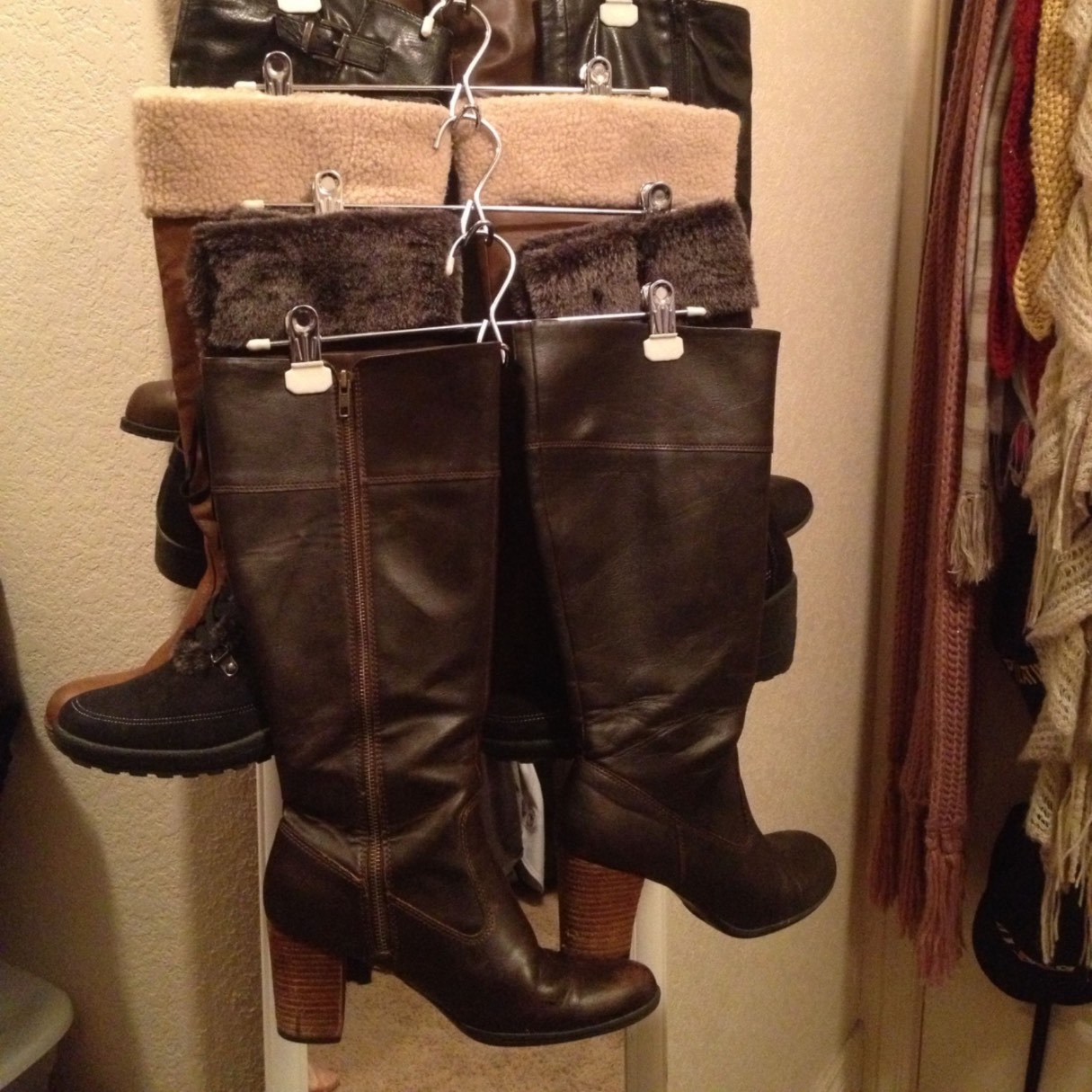
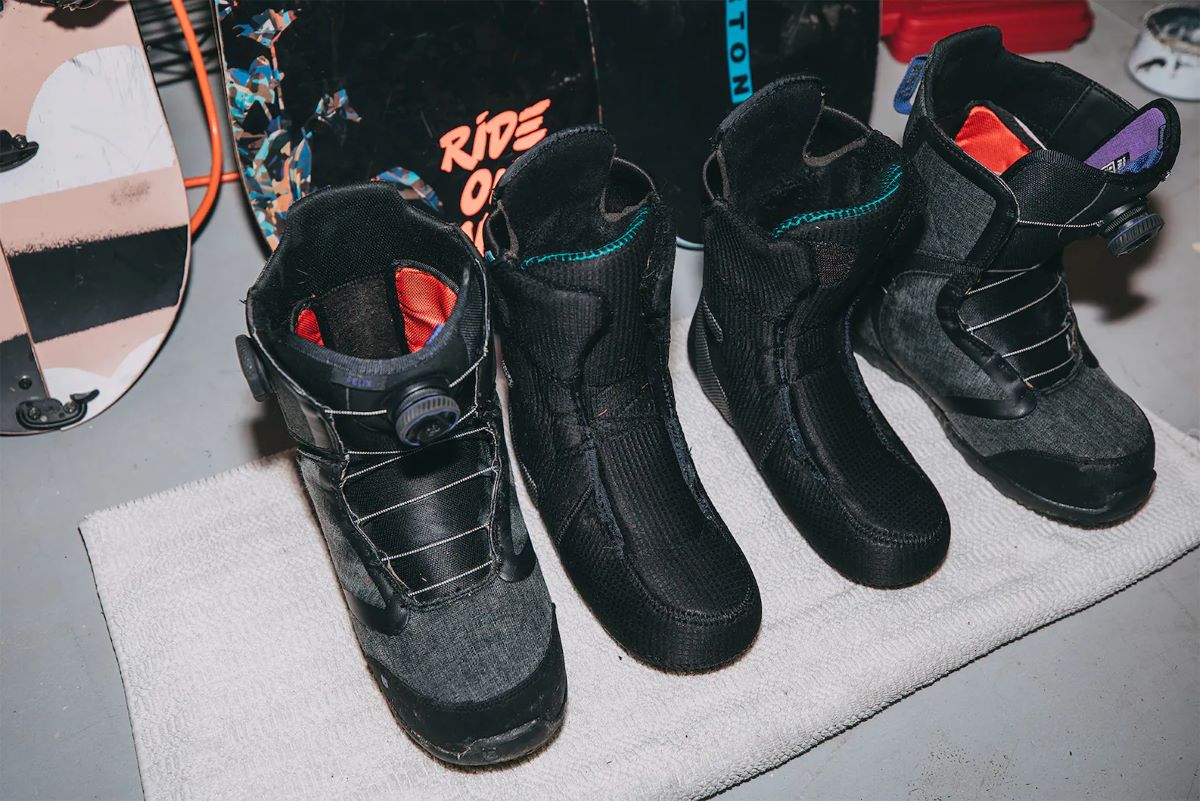
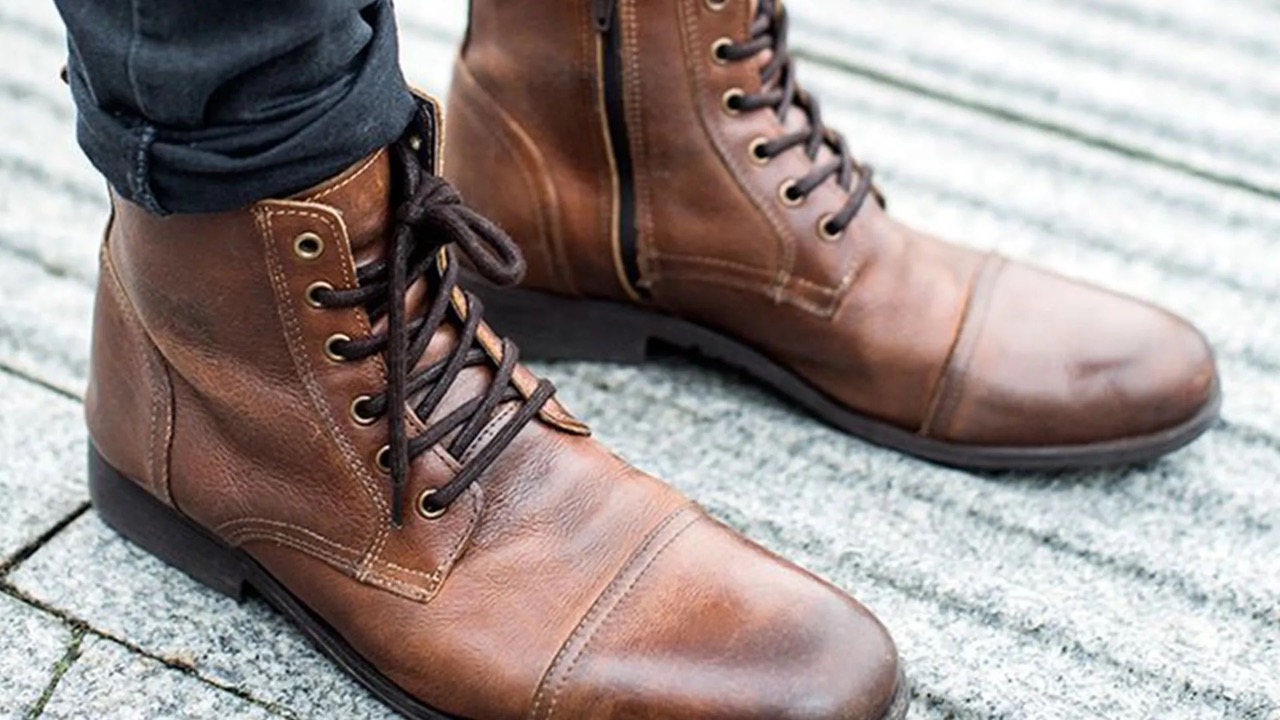
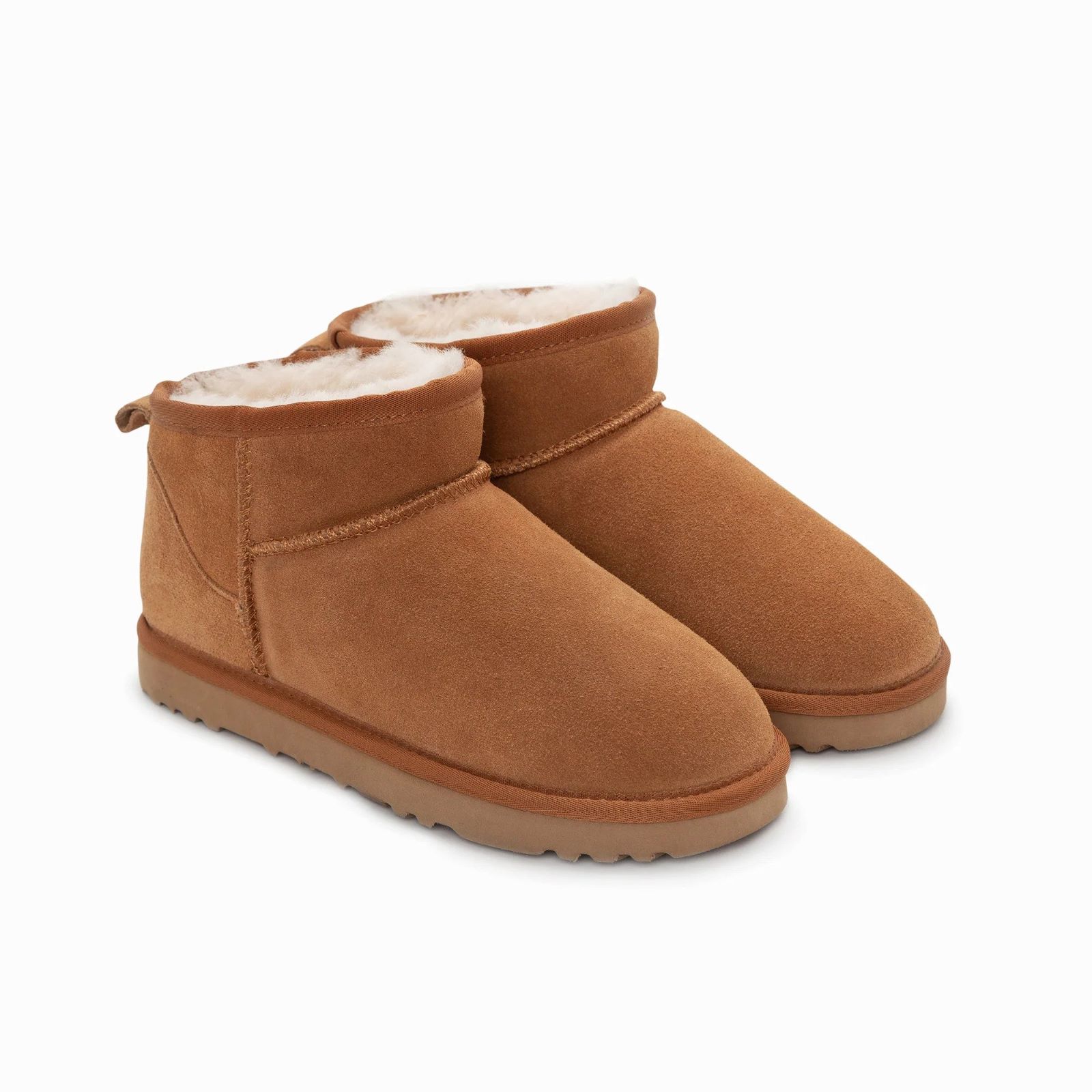

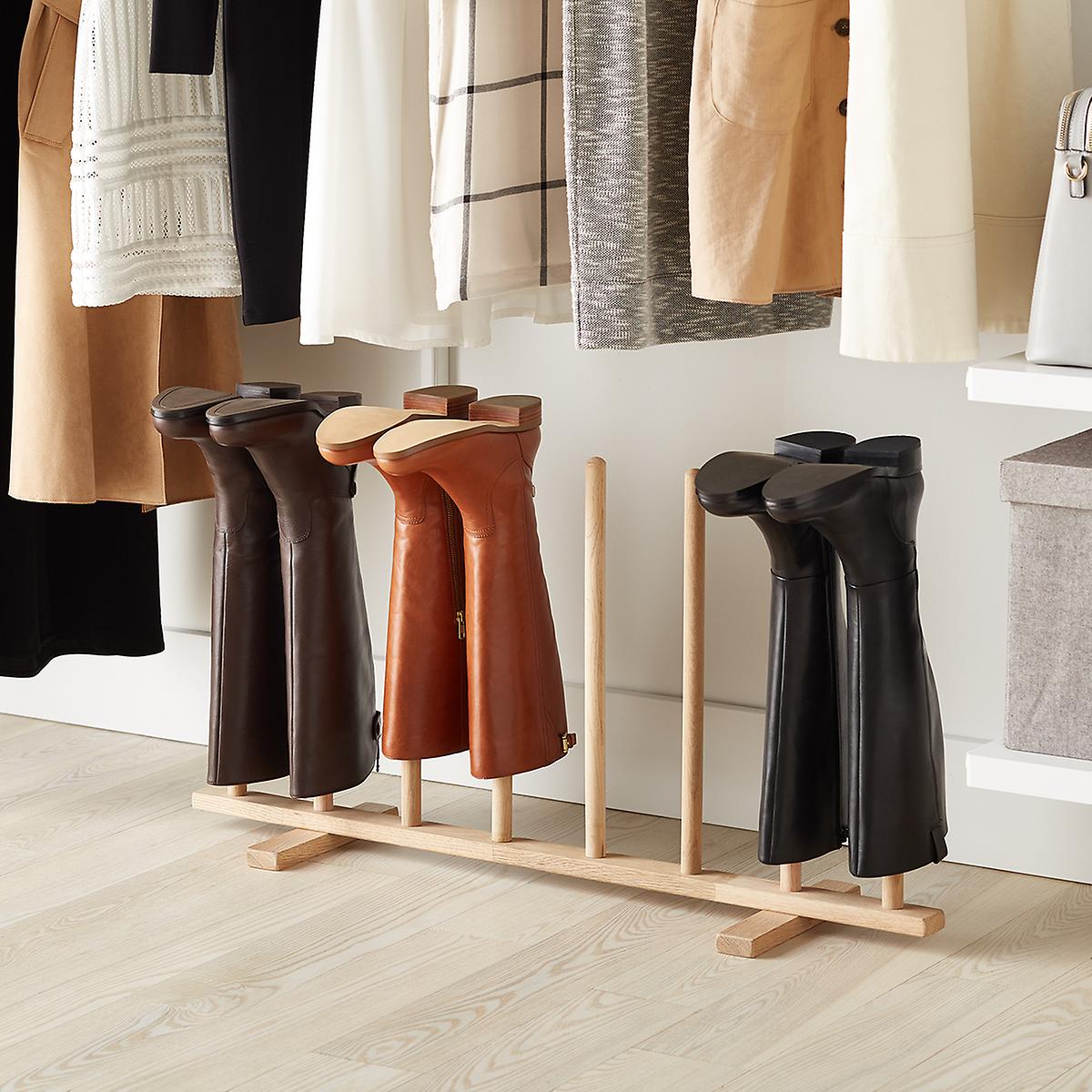
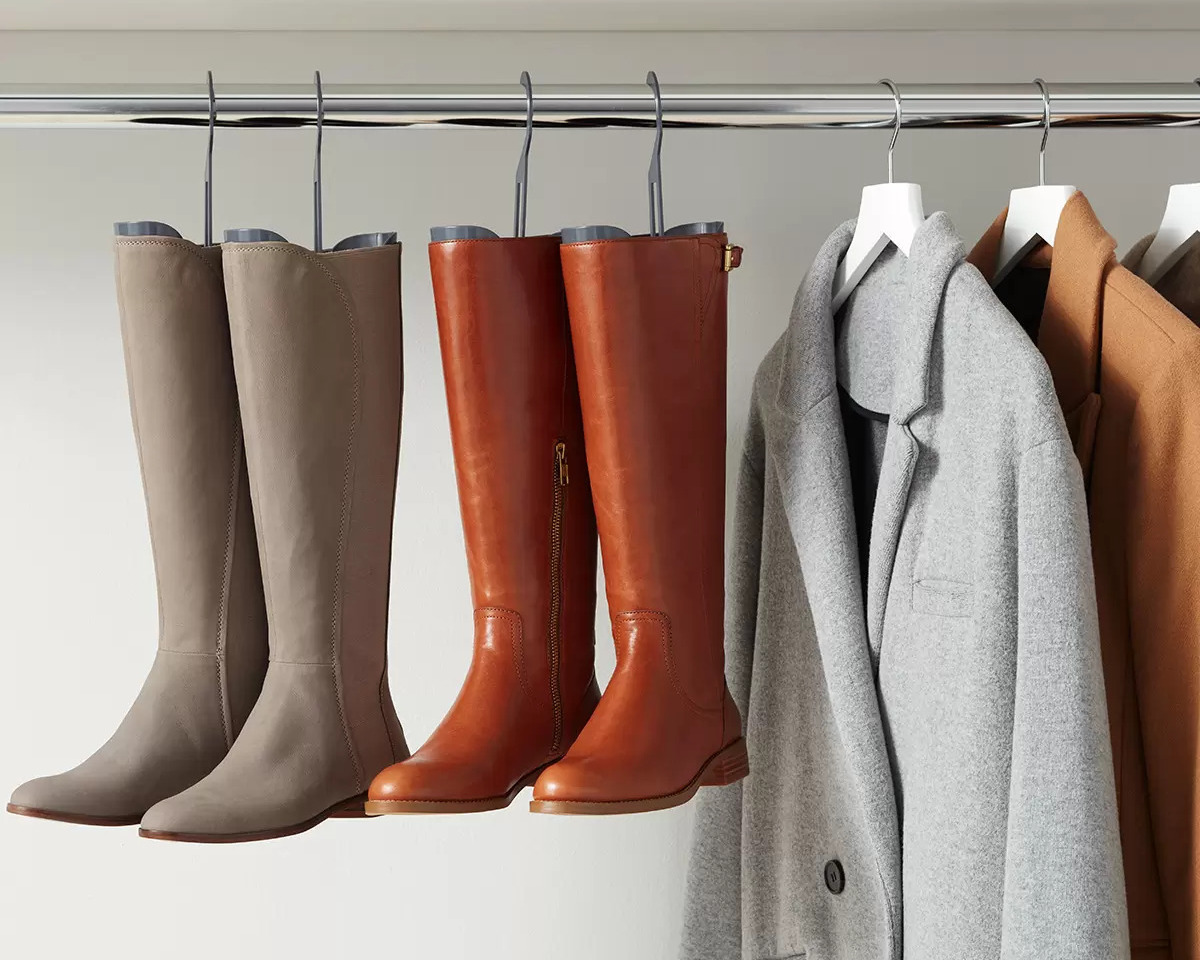
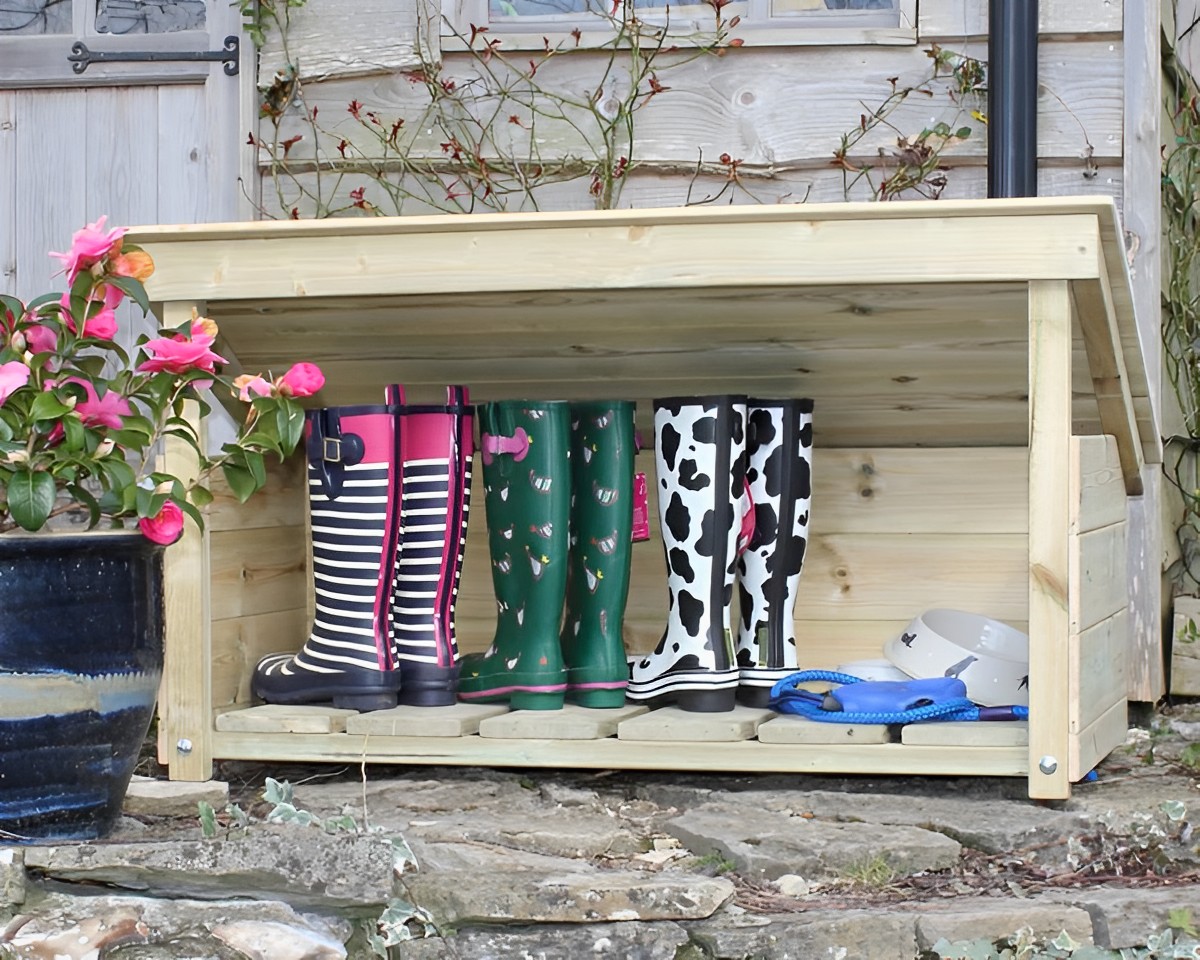
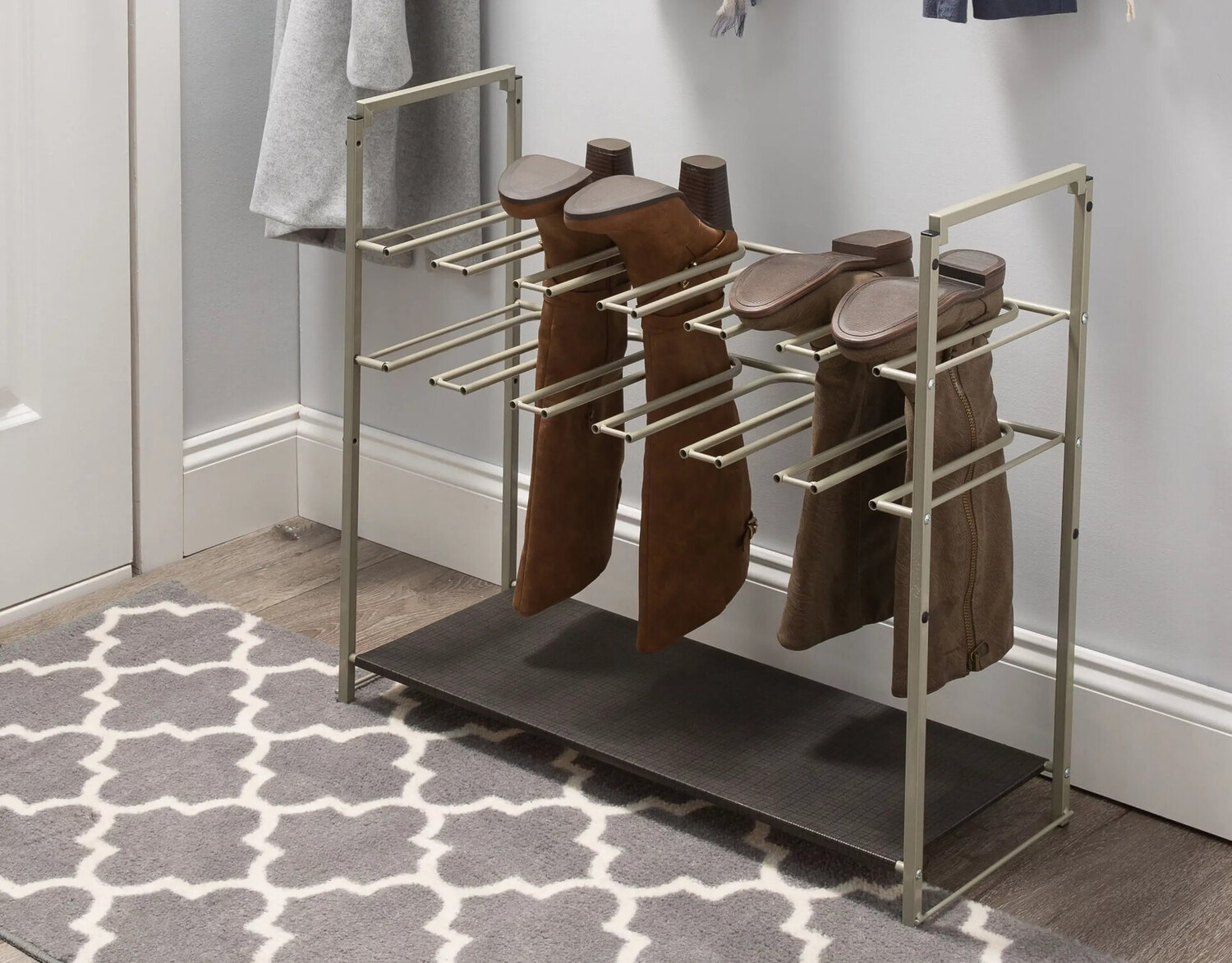
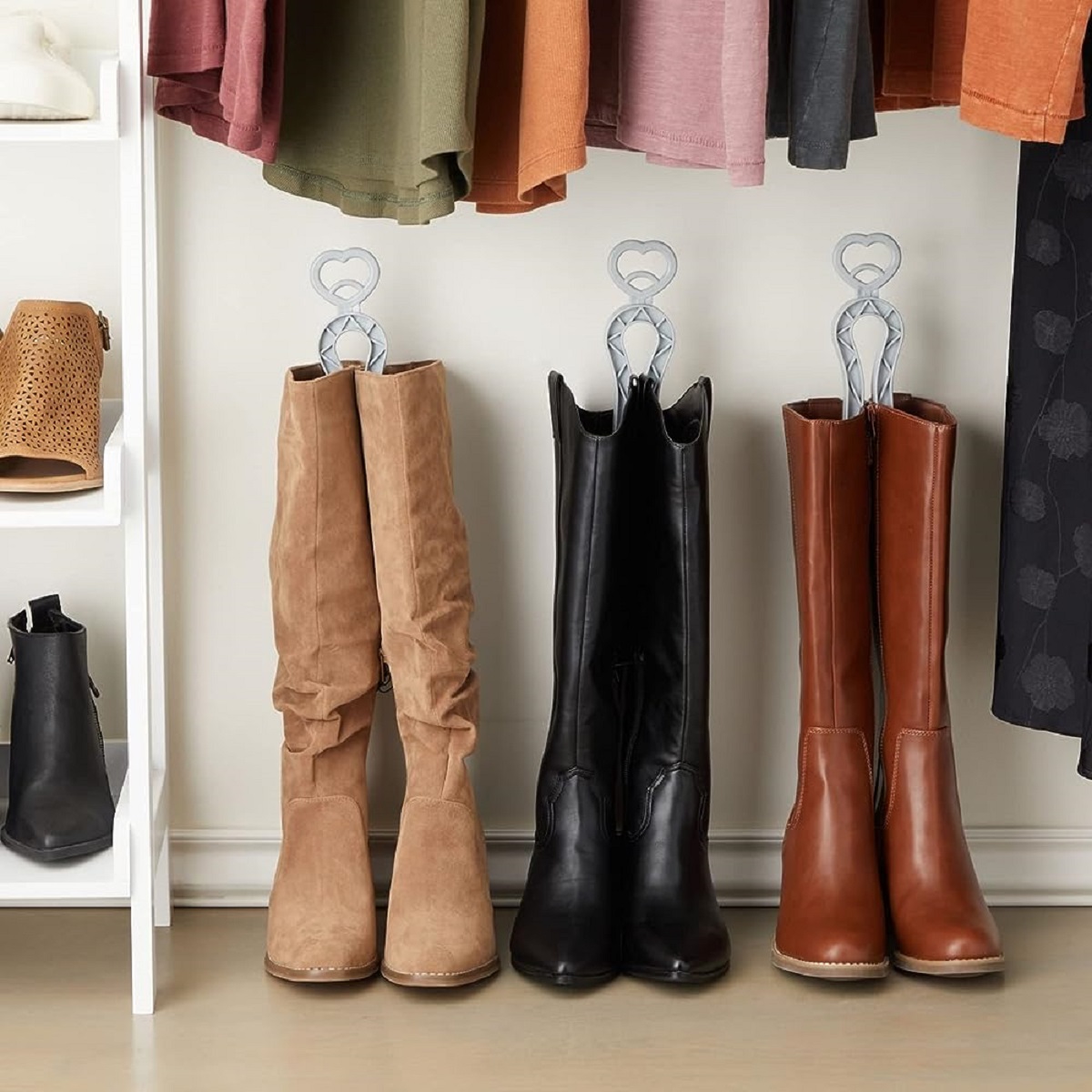
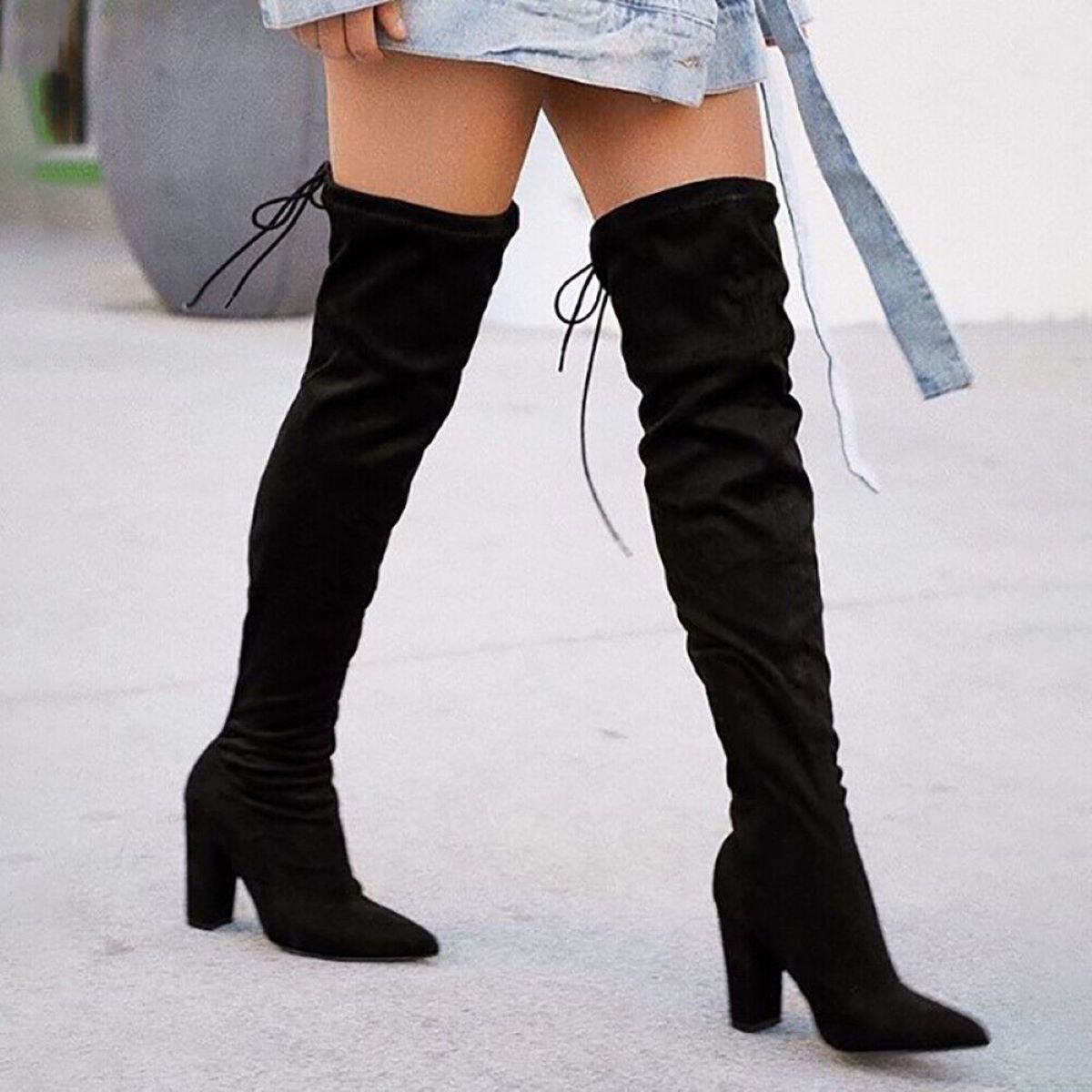
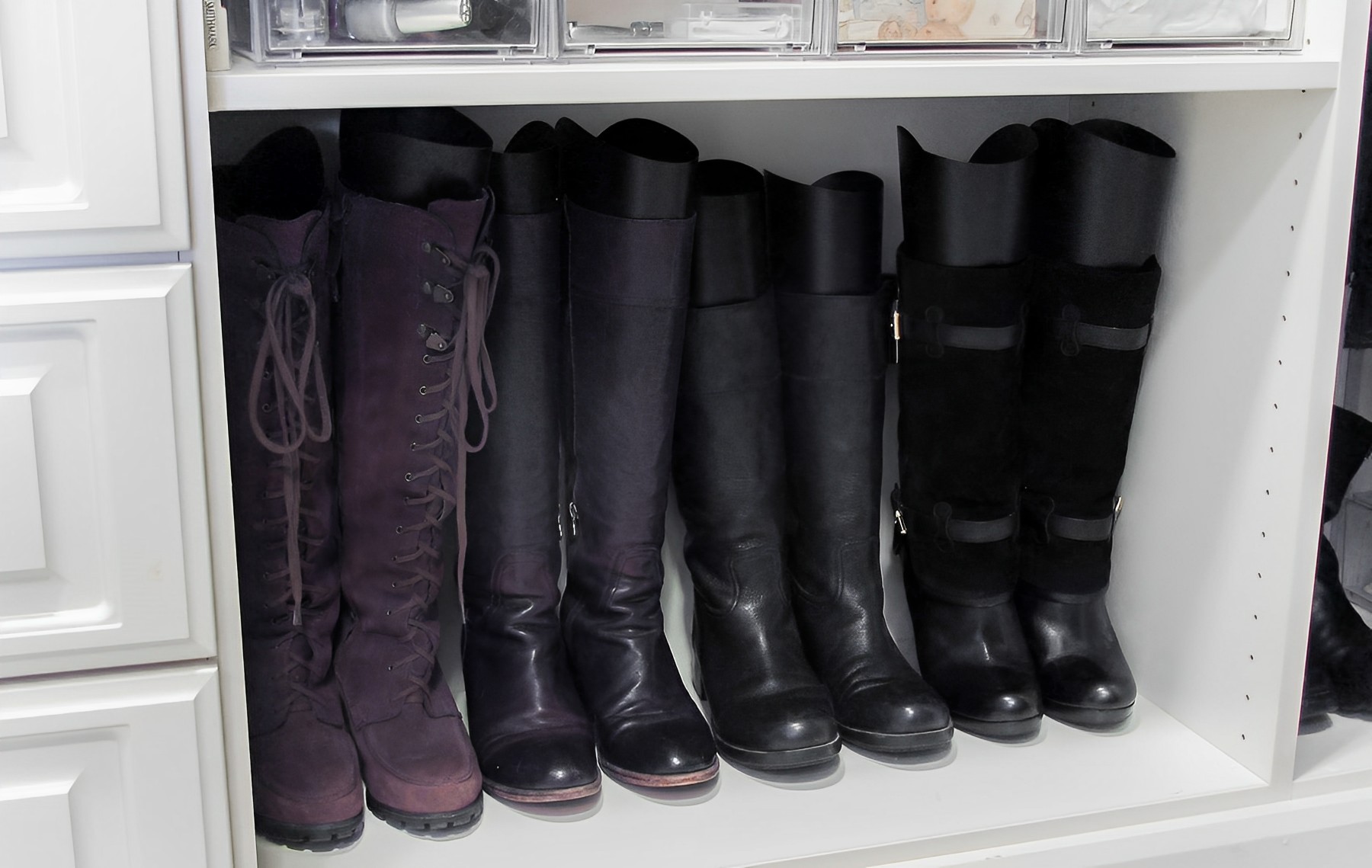
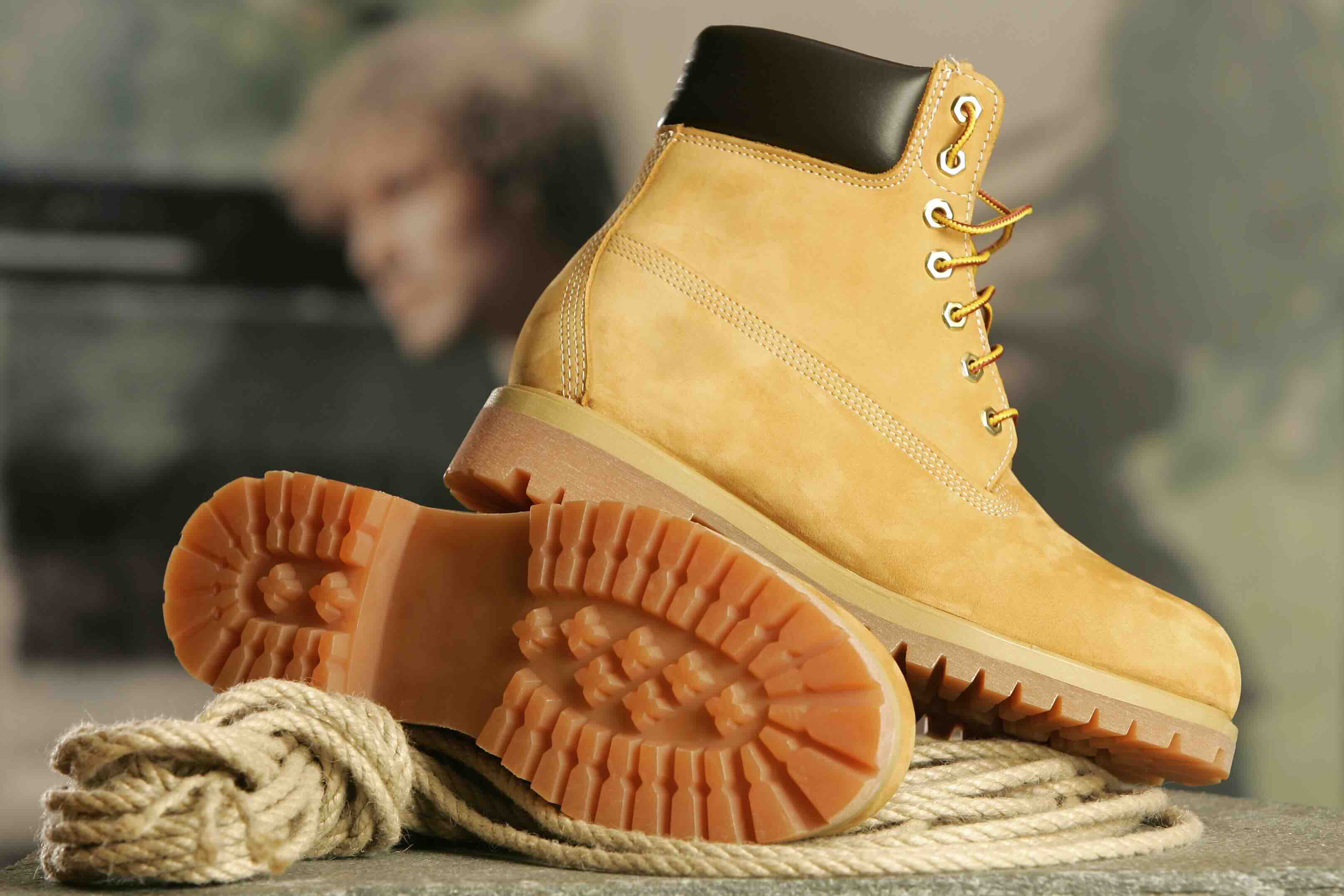

0 thoughts on “How To Store Boots”